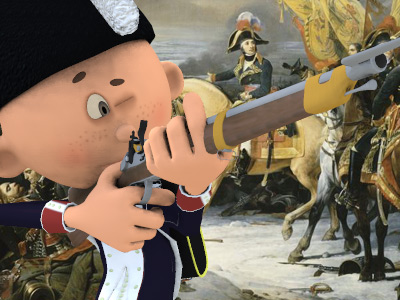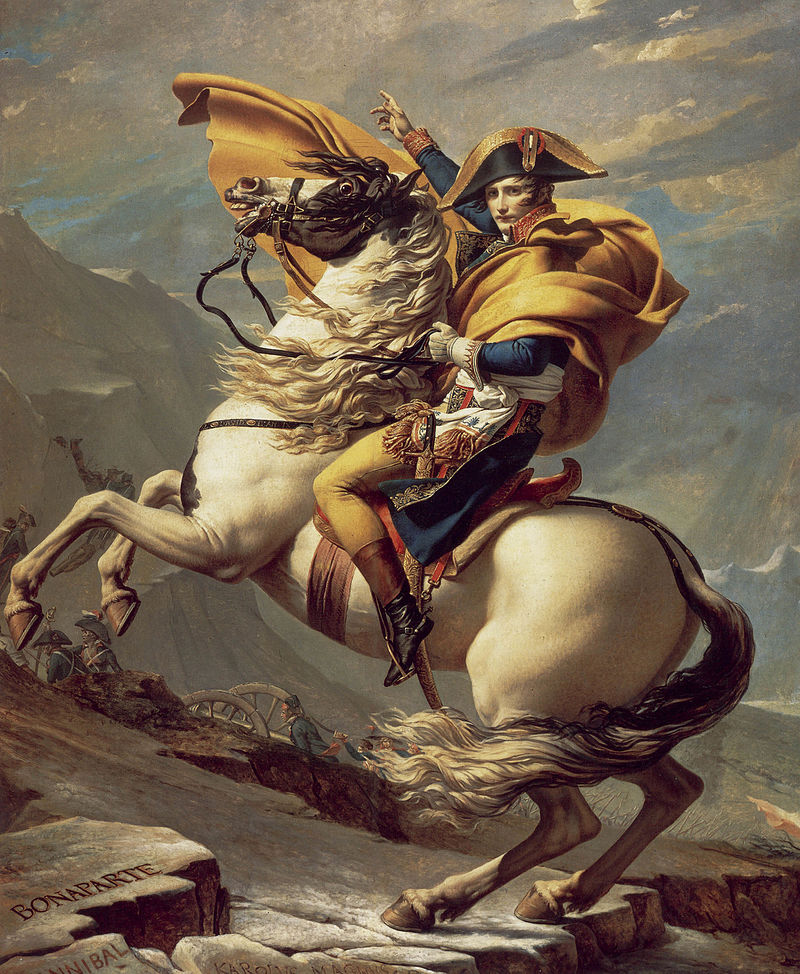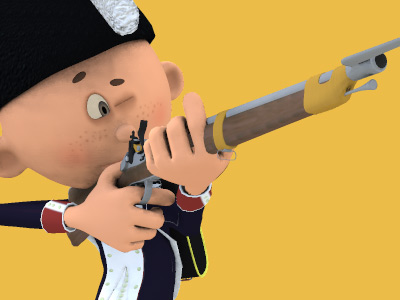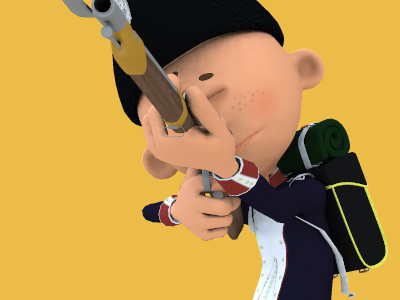War of the Second Coalition (1798–1802)
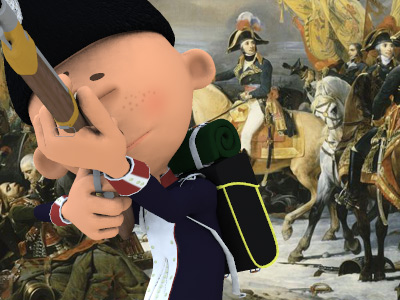
Background
On 20 April 1792, the French Legislative Assembly declared war on Austria. In this War of the First Coalition (1792–97), France ranged itself against most of the European states sharing land or water borders with her, plus Portugal and the Ottoman Empire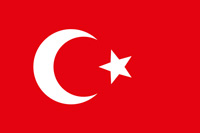 The Ottoman Empire, also known as the Turkish Empire, was an empire that controlled much of Southeast Europe, Western Asia, and Northern Africa between the 14th and early 20th centuries. The Ottomans ended the Byzantine Empire with the conquest of Constantinople in 1453. The Ottoman Empire's defeat and the occupation of part of its territory by the Allied Powers in the aftermath of World War I resulted in its partitioning and the loss of its Middle Eastern territories.. Although the Coalition forces achieved several victories at the outset of the war, they were ultimately repulsed from French territory and then lost significant territories to the French, who began to set up client republics in their occupied territories. The efforts of Napoleon
The Ottoman Empire, also known as the Turkish Empire, was an empire that controlled much of Southeast Europe, Western Asia, and Northern Africa between the 14th and early 20th centuries. The Ottomans ended the Byzantine Empire with the conquest of Constantinople in 1453. The Ottoman Empire's defeat and the occupation of part of its territory by the Allied Powers in the aftermath of World War I resulted in its partitioning and the loss of its Middle Eastern territories.. Although the Coalition forces achieved several victories at the outset of the war, they were ultimately repulsed from French territory and then lost significant territories to the French, who began to set up client republics in their occupied territories. The efforts of Napoleon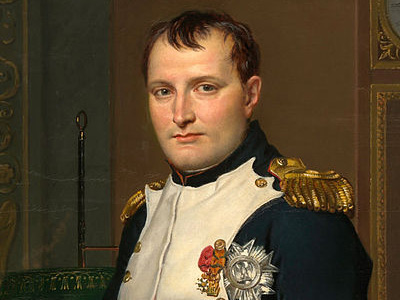 Napoleon Bonaparte (1769-1821), was a French military and political leader who rose to prominence during the French Revolution and led several successful campaigns during the French Revolutionary Wars. As Napoleon I, he was Emperor of the French from 1804 until 1814, and again in 1815. One of the greatest commanders in history, his wars and campaigns are studied at military schools worldwide. Napoleon Bonaparte » in the northern Italian campaigns of the French Revolutionary Wars pushed Austrian forces back and resulted in the negotiation of the Peace of Leoben (17 April 1797) and the subsequent Treaty of Campo Formio (October 1797).
Napoleon Bonaparte (1769-1821), was a French military and political leader who rose to prominence during the French Revolution and led several successful campaigns during the French Revolutionary Wars. As Napoleon I, he was Emperor of the French from 1804 until 1814, and again in 1815. One of the greatest commanders in history, his wars and campaigns are studied at military schools worldwide. Napoleon Bonaparte » in the northern Italian campaigns of the French Revolutionary Wars pushed Austrian forces back and resulted in the negotiation of the Peace of Leoben (17 April 1797) and the subsequent Treaty of Campo Formio (October 1797).
In the summer of 1798, Napoleon Bonaparte led an expedition to Egypt, where his army was trapped and which, after he returned to France In the history of France, French First Republic, sometimes referred to in historiography as Revolutionary France, and officially the French Republic, was founded on 21 September 1792 during the French Revolution. The First Republic lasted until the declaration of the First Empire on 18 May 1804 under Napoléon Bonaparte, although the form of the government changed several times., surrendered. Meanwhile, during his absence from Europe, the outbreak of violence in Switzerland drew French support against the old Swiss Confederation. When revolutionaries overthrew the cantonal government in Bern, the French Army of the Alps invaded, ostensibly to support the Swiss Republicans. In northern Italy, Russian
In the history of France, French First Republic, sometimes referred to in historiography as Revolutionary France, and officially the French Republic, was founded on 21 September 1792 during the French Revolution. The First Republic lasted until the declaration of the First Empire on 18 May 1804 under Napoléon Bonaparte, although the form of the government changed several times., surrendered. Meanwhile, during his absence from Europe, the outbreak of violence in Switzerland drew French support against the old Swiss Confederation. When revolutionaries overthrew the cantonal government in Bern, the French Army of the Alps invaded, ostensibly to support the Swiss Republicans. In northern Italy, Russian Russian Empire was an empire and the final period of the Russian monarchy from 1721 to 1917, ruling across large parts of Eurasia. The rise of the Russian Empire coincided with the decline of neighbouring rival powers: the Swedish Empire, the Polish–Lithuanian Commonwealth, Qajar Iran, the Ottoman Empire, and Qing China. Russia remains the third-largest empire in history, surpassed only by the British Empire and the Mongol Empire. general Aleksandr Suvorov won a string of victories, driving the French under Moreau out of the Po Valley, forcing them back on the French Alps and the coast around Genoa. However, the Russian armies in the Helvetic Republic were defeated by French commander André Masséna, and Suvorov eventually withdrew. Ultimately the Russians left the Coalition when Great Britain
Russian Empire was an empire and the final period of the Russian monarchy from 1721 to 1917, ruling across large parts of Eurasia. The rise of the Russian Empire coincided with the decline of neighbouring rival powers: the Swedish Empire, the Polish–Lithuanian Commonwealth, Qajar Iran, the Ottoman Empire, and Qing China. Russia remains the third-largest empire in history, surpassed only by the British Empire and the Mongol Empire. general Aleksandr Suvorov won a string of victories, driving the French under Moreau out of the Po Valley, forcing them back on the French Alps and the coast around Genoa. However, the Russian armies in the Helvetic Republic were defeated by French commander André Masséna, and Suvorov eventually withdrew. Ultimately the Russians left the Coalition when Great Britain The Kingdom of Great Britain was a sovereign country in Western Europe from 1 May 1707 to the end of 31 December 1800. The state was created by the 1706 Treaty of Union and ratified by the Acts of Union 1707, which united the kingdoms of England (which included Wales) and Scotland to form a single kingdom encompassing the whole island of Great Britain and its outlying islands, with the exception of the Isle of Man and the Channel Islands. insisted on the right to search all vessels it stopped at sea. In Germany, Archduke Charles of Austria
The Kingdom of Great Britain was a sovereign country in Western Europe from 1 May 1707 to the end of 31 December 1800. The state was created by the 1706 Treaty of Union and ratified by the Acts of Union 1707, which united the kingdoms of England (which included Wales) and Scotland to form a single kingdom encompassing the whole island of Great Britain and its outlying islands, with the exception of the Isle of Man and the Channel Islands. insisted on the right to search all vessels it stopped at sea. In Germany, Archduke Charles of Austria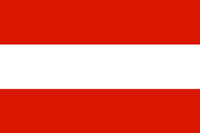 The Archduchy of Austria was a major principality of the Holy Roman Empire and the nucleus of the Habsburg monarchy. With its capital at Vienna, the archduchy was centered at the Empire's southeastern periphery. The archduchy's history as an imperial state ended with the dissolution of the Holy Roman Empire in 1806. It was replaced with the Lower and Upper Austria crown lands of the Austrian Empire. drove the French under Jean-Baptiste Jourdan back across the Rhine and won several victories in Switzerland. Jourdan was replaced by Massena, who then combined the Armies of the Danube and Helvetia.
The Archduchy of Austria was a major principality of the Holy Roman Empire and the nucleus of the Habsburg monarchy. With its capital at Vienna, the archduchy was centered at the Empire's southeastern periphery. The archduchy's history as an imperial state ended with the dissolution of the Holy Roman Empire in 1806. It was replaced with the Lower and Upper Austria crown lands of the Austrian Empire. drove the French under Jean-Baptiste Jourdan back across the Rhine and won several victories in Switzerland. Jourdan was replaced by Massena, who then combined the Armies of the Danube and Helvetia.
HISTORY
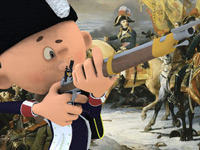
RESOURCES
This article uses material from the Wikipedia article "War of the Second Coalition", which is released under the Creative Commons Attribution-Share-Alike License 3.0.
© Stories Preschool. All Rights Reserved.
